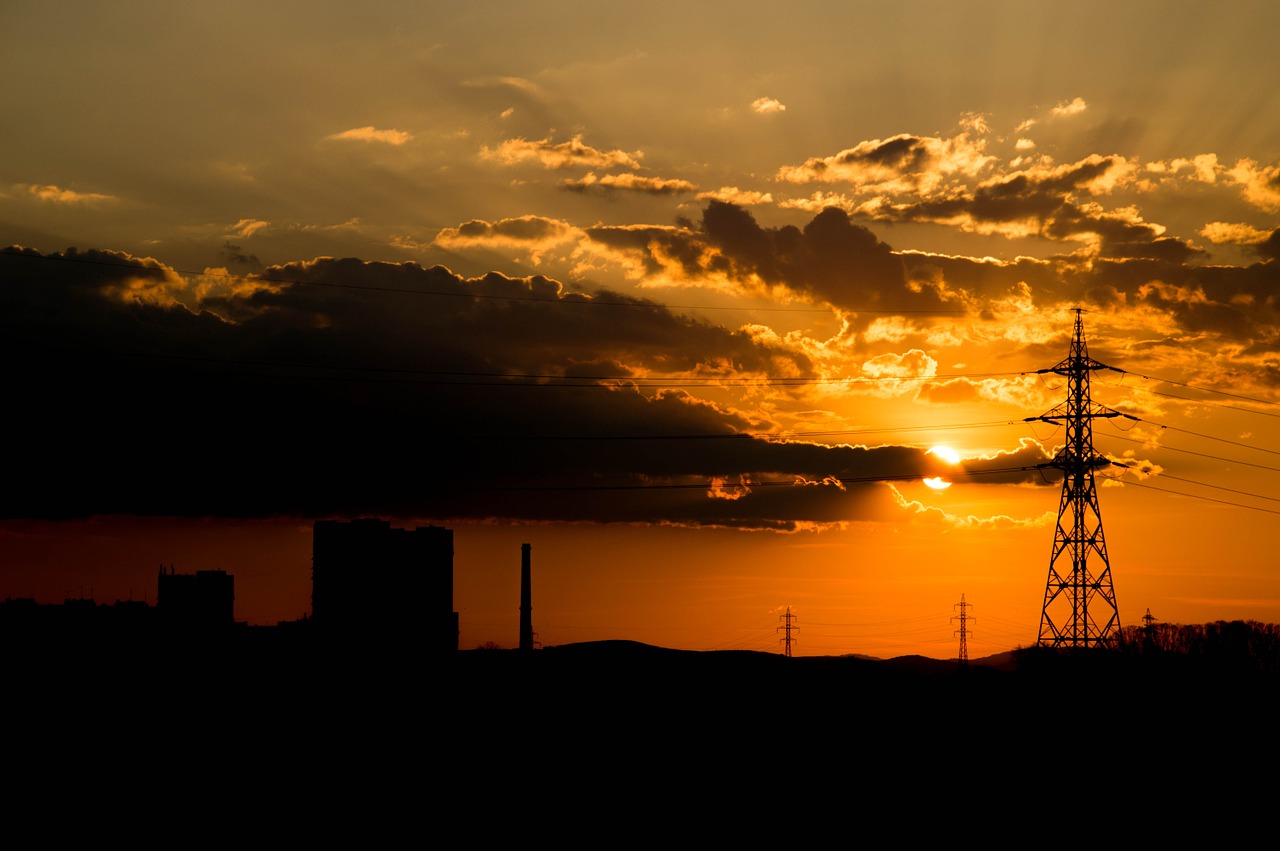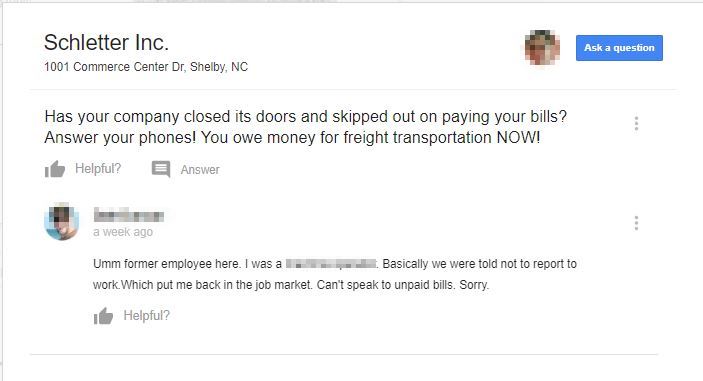By Frank Andorka, Senior Correspondent
What Happened:Long-time solar industry denizen Silvio Marcacci took to Forbes to argue that low- and middle-income Americans could represent a 320 GW untapped solar market in the United States.

SolarWakeup’s View: First off, let me congratulate Silvio Marcacci on landing in the pages of Forbes. Silvio has always been a great champion for solar, and seeing his name (and our message) reaching some of the world’s wealthiest investors and businesspeople is a sight for sore eyes. So thank you, Silvio.
Silvio’s piece centers on a new report out from the National Renewable Energy Laboratory (NREL) that says, in essence, solar needs to get out from the neatly tree-lined, gated and wealthy communities it has traditionally served and into the low- to middle-income markets, where the customer acquisition may be more difficult – but at 320 GW, is clearly a hugely lucrative potential market.
The key, NREL says, is moving away from a single-family-home model of solar development and into a more collective model like community solar. Silvio points out that California has successfully implemented two programs (SASH and MASH) that could serve as models for the rest of the country (as California is wont to do, particularly within the solar space).
He adds:
Solar developers can play a role tapping this market. NREL reports 60% of LMI residential potential exists on renter-occupied and multi-family buildings where long-term contracts may not work for residents – in other words, not single-family homes in affluent neighborhoods.
This means community solar or shared solar projects could be installed on large buildings like government facilities, community centers, or churches and then opened up to LMI households through community solar, virtual net metering, or other shared subscription programs.
I’m so glad someone is pointing this out in such august pages as Forbes – it’s a message investors, and the solar industry, both need to hear.
More:
This Untapped Market Could Add 320 Gigawatts Of New U.S. Residential Solar Energy





